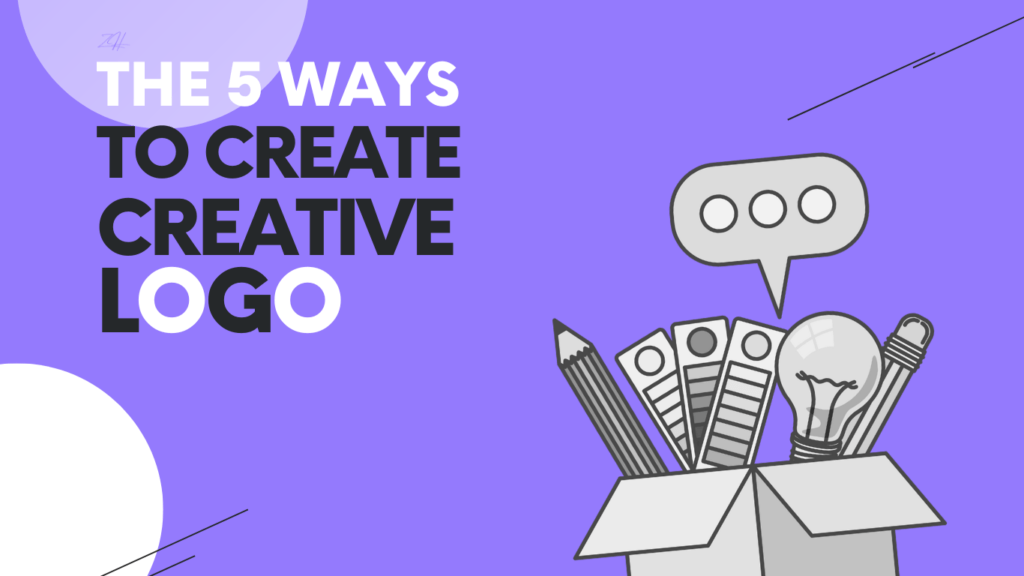The 5 Keys to a Successful Logo
The 5 Keys to a Successful Logo
Blog Article

The 5 Keys to a Successful Logo
A logo is the face of your brand, not only a graphic identifier. A well-designed logo may convey your company’s ideals, draw the appropriate target market, and differentiate you from rivals. These five secrets will help you to make sure your logo fulfils its intended use.
1. Simplicity:
A good logo is straightforward but still powerful. Simplicity guarantees that your logo will be easily identified, remembered, and replicated across several media.
Memorability: Consumers remember a basic logo really easily. While a clean, simple style is simpler to remember, complex designs can overwhelm and perplexity.
Versatility: Simplicity lets your logo be flexible. On a business card, a billboard, or a mobile app, it should appear equally great. The design is more flexible in several formats and sizes the simpler it is.
Timelessness: Though trends come and pass, a basic logo is always pertinent. Steer clear of too trendy or complicated components to make sure your logo won’t get out of current and will remain powerful for years to come.
2. Relevance
A logo ought to be pertinent to the brand it stands for. Design relevance guarantees that your logo captures the essence of your company and connects with your target market.
Audience Connection: Knowledge about your audience is absolutely vital. A logo created with the audience in mind will directly appeal to them, therefore strengthening their relationship.
Brand Message: From the color pallet to the typeface, every component of your logo should complement the message of your business. A software company might choose elegant, sophisticated designs, for instance, whereas a children’s brand might employ lively and whimsical details.
Industry Suitability: Your logo should capture the sector in which you operate. The logo of a financial company would be somewhat different from that of a creative arts organisation. Maintaining relevancy allows your brand to be suitable for its sector.
3. Scalability:
A good logo must be scalable, keeping its clarity and impact at any size. Scalability guarantees that, on a little business card or a big billboard, your brand stays recognisable.
Vector Design: Using vector graphics will help you design your logo such that it may be enlarged without losing quality. This guarantees at every size sharpness and clarity.
Detail Management: Detail Management: Think about how small-sized details in your logo design would seem. Scaled down overly complex designs may lose clarity, hence it’s crucial to combine simplicity with intricacy.
Consistency Across Media: From digital screens to printed publications, your brand should keep its visual integrity across several media. A scalable logo loses nothing except its core and fits every environment.
4. Uniqueness:
To stand out in a crowded market, a distinctive logo is absolutely vital. Design uniqueness guarantees that your brand will be clearly different from rivals, thereby strengthening the market presence.
Originality: Steer clear of generic designs and cliches utilized excessively in your sector. A distinctive logo should be new, creative creation that distinguishes your brand.
Trademark Consideration: Before deciding on your logo, be sure it doesn’t violate any current trademarks. Apart from legally safeguarding your trademark, a unique design enhances its identification in the market.
Memorable Impact: Memorable Impact: Your audience will remember your logo uniquely. You have a major edge over rivals when people can identify your brand only from its logo.
5. Color and Typography
Your logo’s colour and typeface choice is absolutely important since these details affect the impression of your business and arouse feelings. The correct mix will improve the impact of your logo, therefore increasing its memorability and efficiency.
Color Psychology: Colors arouse particular feelings and connections. Blue, for instance, communicates professionalism and trust, crimson marks vitality and passion. Select colors that complement the values of your brand and the feelings you aim to arouse.
Typography Selection: The personality of your brand is much enhanced by the font you use. A tech brand might fit a bold, modern typeface; a legal company would find a more classic serif font perfect. Typographic consistency among all branding elements strengthens brand identity.
Contrast and Balance: Make sure the colors and typeface of the logo contrast sufficiently to make it legible and aesthetically pleasing. The whole efficacy of a logo depends on a well-balanced design with appropriate color and font choice.
In Conclusion:
A successful logo is a strategic instrument that captures the core of your brand, not only an aesthetically beautiful design. Simplicity, relevancy, scalability, distinctiveness, and the deliberate use of colour and typeface can help you to develop a logo that not only grabs attention but also fosters a close relationship with your audience. Recall that a well-designed logo is an ongoing investment in the success and character of your brand.
For more articles : zainabhabib.com Report this page